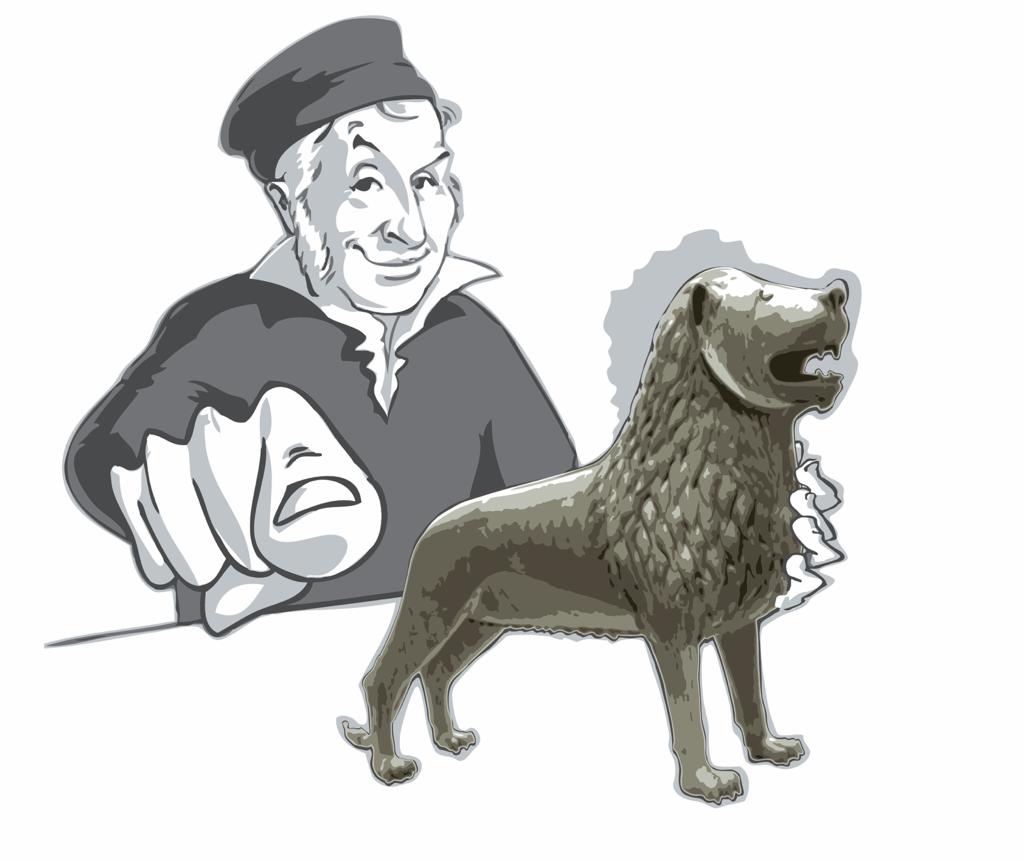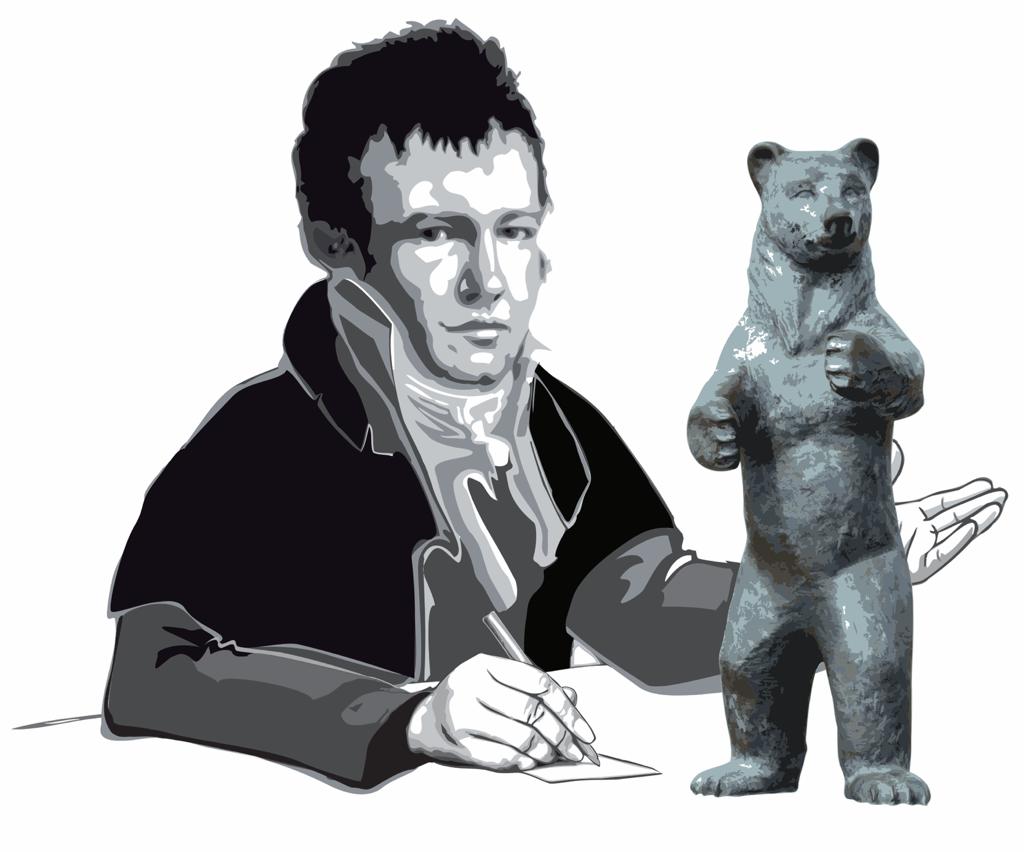Gauss-Telegraph: Día de los Muertos
Day of the Dead at Gauss Haus on 30.10.2018
On mourning rituals and community in Mexico
On this Tuesday evening, numerous Gauss friends came together yet again to discover a new culture, their customs, typical meals and stories. The focus of the evening was the country of Mexico and its unique holiday – “Día de los Muertos” – The Day of the Dead. You might think this would be a depressing theme, but not in Mexico…
As Ramses Rosas Ibarra from Mexico City, who studies in Braunschweig, began his presentation on the “Day of the Dead”, he immediately put the audience in a happy mood. Ramses, for example, passionately recounts holiday parades on the streets of Mexico on October 31st, where literally, all hell breaks loose: Mexicans walk through the streets dressed as skeletons and celebrate the Day of the Dead with music and dancing. In the evening, when the sun goes down, continues Ramses, songs are sung by candlelight in the cemeteries, food is served and dances performed and the mood is jolly. Everyone celebrates together, irrespective of their religion, this day reflects a unique amalgamation of the Mexican culture – a synthesis of Spanish and Aztec influences.

“We make a party on the death.” says Ramses.
What may seem macabre at first, turns out to be a traditional family party on a closer observation. Ramses, with glowing eyes, tells how his family and friends come together once a year, both dead and mortal.
The popular belief is that the souls of the deceased return to their beloved ones and pay a living visit to the mortals in this world on the “Día de los Muertos”. Things that the dead could miss are the so called “Ofrendas”, which are put on the altars. For example, if the beloved deceased was particularly fond of tequila, cigars or pizza, those things could be kept on the altar. But it is not just the objects, which the deceased loved kept on the altar – also colourful, yellow-orange marigolds, the “Flores de Muertos” play a major role during the holidays. They serve as guides, with the help of which the dead are to find their way back to this world. While not everyone believes that the spirits are truly returning to this world, all these days they are reminiscing about sharing beautiful moments with their loved ones or family members.
This particular day is about being there for others in the community, puts Ramses.
Throughout the presentation one could feel the love and pride that Ramses feels for his homeland. His eyes lit up and his energy gives the whole Gauss hall a spirited atmosphere. At the end of the presentation, one felt a great desire to contemplate on Ramses invitation and visit him once to his colourful, happy hometown. But when do we actually perceive a place to be a home? When do we become almost nostalgic, just as Ramses when we tell others about a place?
What makes this feeling? A familiar room, the neighbours and friends, the delicious food, the usual celebrations? Is it these customs and practices that act as a timeless sign of home? Is it even a place? Or is it more about the affinity and familiarity that gives rise to this sense of connectedness? It is up to you to decide!



You must be logged in to post a comment.